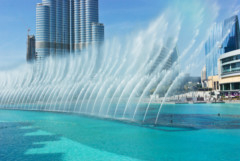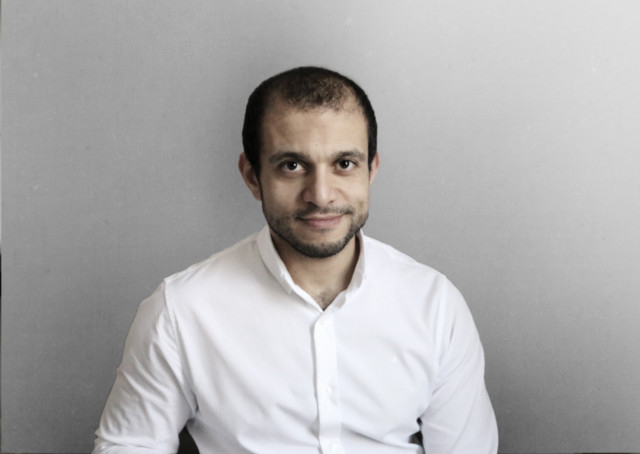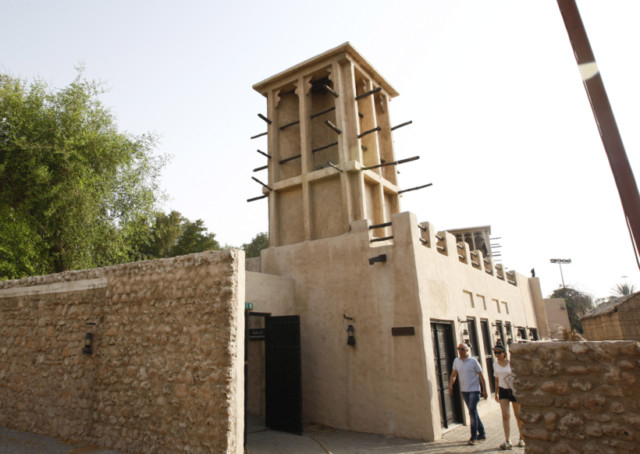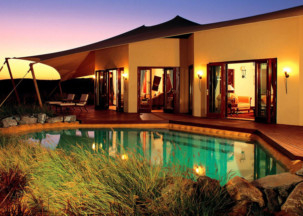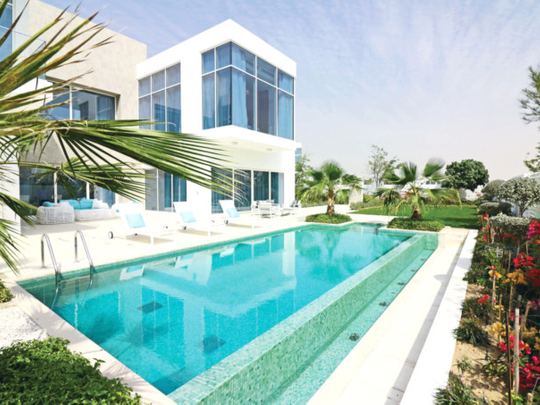
Architects in the UAE should draw inspiration from ancient forts and heritage structures to design happier buildings for residents, believes Mohammad Obaid, principal architect, partner and manager of Emkaan Architecture and Engineering Consultancy. Talking to PW about happy buildings, Obaid says the design of a building has a significant impact on the well-being, happiness and productivity of today’s workforce. “It’s good to draw inspiration from heritage buildings in the country, such as the wind towers in Al Bastakiya in Dubai or Al Jahili Fort in Al Ain,” he said. “The formula for residential and workplace happiness lies in the design of these ancient structures. Architecture should make people happy and it is the responsibility of the architect to design buildings that keep residents happy.”
According to Obaid, well designed, happy structures promote physical activity, incorporate nature, reduce noise levels and employ materials that help create a safe, comfortable and inspiring environment. “A recent study by the University of Warwick in the UK has revealed that the cohesion of architecture and design boosts people’s health and happiness,” he says. For a happy community, houses need to make the most of natural light, have low noise levels, be a pleasant colour and should be constructed keeping in mind traditional design values.
A well-designed building should take into consideration the satisfaction of all the five senses and traditional structures provide perfect examples of this phenomenon. These buildings are well-lit, have plenty of ventilation, are equipped with an adequate water supply and fortified with natural noise-reduction technology.
The Arab world is filled with several examples of buildings that evoke happiness in its residents. “New age architects sometimes forget to integrate ancient architectural principles when they take on bigger, bolder and ambitious projects,” says Obaid. “However, I believe that structures need to be modest, practical and most importantly, they must have a human element,” he says. Traditional villas in Satwa or houses in the Al Bastakiya area are a classic example of happy houses in Dubai and today’s architects must learn to assimilate old principles while designing new buildings, he says.
Colours also play a significant role in happy structures. For example, the use of pleasant colours such as light blue, yellow, white and beige in buildings boosts productivity and keeps people calm. “People tend to be happier when they live in spaces that are equipped with plenty of light, positive colours and noise-reduction facilities. The productivity of people living in such spaces is much higher and they tend to perform well in their workspaces as well,” says Obaid.
Structures that fulfil the happiness quotient
Obaid says the following tick the right boxes when building happy structures.
Al Manzil Hotel: The colour scheme of this Dubai hotel is lovely. It uses earthy colours that promote relaxation. The hotel has internal courtyards that lets natural light flow into the property, creating harmony and peace.
The Nest, Al Barari: This project has made good use of natural elements. The colour palettes include shades of cream, grey and white and the homes are open, maintaining a constant connection to the garden. Floor-to-ceiling windows let the light flow in freely between different levels, enhancing the airy sense of space. The Nest offers a perfect balance of community and privacy.
Al Maha Desert Resort: The property is nestled in a palm oasis, deep within the beautiful Dubai Desert Conservation Reserve, and plays a vital role in its conservation. The hotel offers unlimited natural views and is surrounded by indigenous plants. It is located in tranquil settings, makes use of natural light where possible and even uses elements like fire in its restaurants.
Traditional villas in Al Satwa and Al Bastakiya: These villas were built long ago so they have a traditional touch. As the villas are handmade, you can feel the human touch in the construction. It’s as good as buying a painting from an artist versus buying a mass-produced photograph.
The Dubai Fountain: This is not traditionally a still structure, but The Dubai Fountain attracts positive energy. It brings happiness, relaxation and life to the urban space around the Burj Khalifa. People gather to watch the fountains, enjoy the food and beverage offerings and spend time with family and friends. It fits into the category of a “built environment” and is a happy one.


